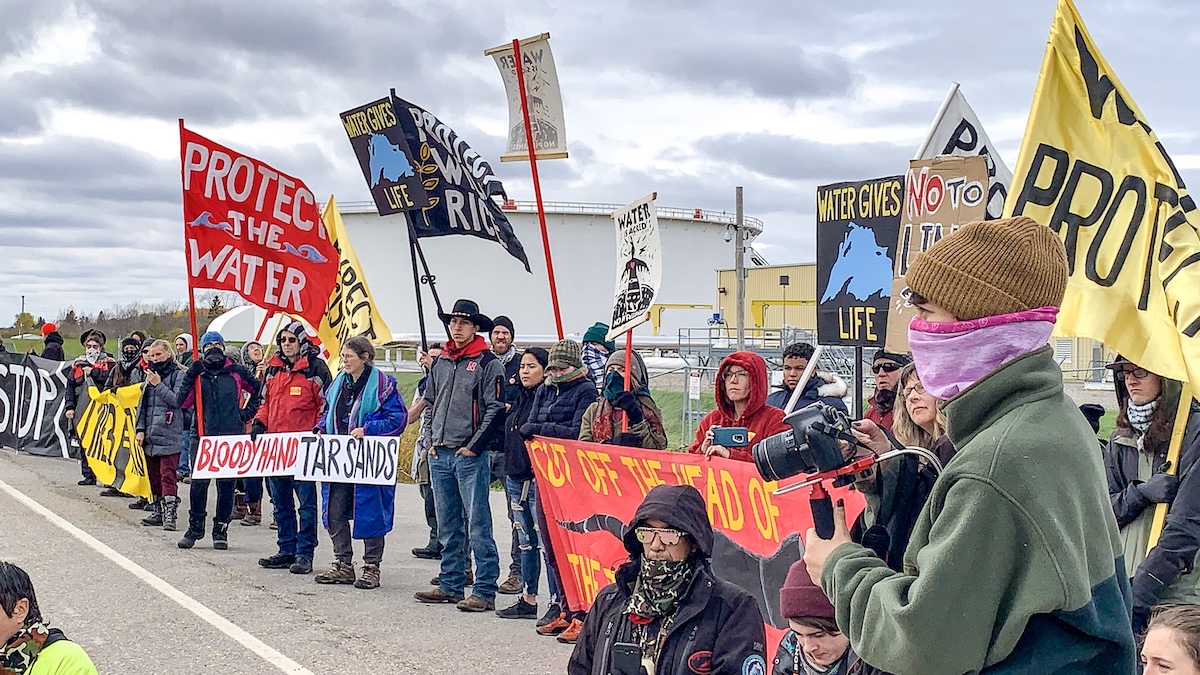AUGUST 20, 2019
Calm and Conflict: a Dispatch From Nicaragua

Photograph Source: LaNicoya – CC BY 2.5
I’ve lost count of how many times I’ve been in Nicaragua, beginning with almost two years in the country during the Contra War of the 1980s. This month, I spent another nine days in the country. Here are some of observations “from the field.”
Things are calm in Nicaragua in some ways. There is little of the massive violence the country experienced last year. Daily life seems almost “normal.” For now, the opposition to President Ortega and the Sandinista government seems to have lost some of its power. Technically, there is still the structure for negotiations between the government and sectors of the opposition. Much of daily life seems to continue as before. Some Nicaraguans have been returning to the country. A wide diversity of opinions and feelings about the Nicaraguan government continue to be heard. The major newspapers continue to publish their anti-government interpretations, seemingly unimpeded. The idea of building a canal across southern Nicaragua remains a stated objective of the government, still generating concern and opposition. It seems to have remained mostly an idea for six years.
But people have many stories, personal experiences, and psychological trauma from the violent conflicts of last year. The opposition was/is quite diverse and not at all like the simplistic picture painted last year by the international mainstream media. Some people say the opposition was taken over by groups that made many of the protests, actions, and roadblocks so violent that they generated a strong reaction among many Nicaraguans. One hears that Nicaraguans generally prefer to settle conflicts with minimum violence—something I witnessed even during the worst days of the Contra War in the 1980s— and that many Nicaraguans resented the disruptions to daily life, the destruction, and the economic damage that the more violent opposition groups caused last year. There are stories of people in urban neighborhoods trying to take down barricades put up by the opposition, only to be threatened at gunpoint. Neighborhoods waited  until the violent groups were forced out or left, then came out to remove the roadblocks, sometimes with the help of the police. People explain that the police who were blamed in the international mainstream press for much of the oppression and violence against opposition demonstrators were not on the streets but were themselves the victims of much violence. From Nicaraguans and longtime international residents, one hears horrific stories detailing the brutality of opposition groups torturing, burning alive, humiliating, and killing Sandinista or government activists, police, and anyone known to be supportive of or connected to the government during the most intense period of the conflict from May through July of last year. There is a sense that this more complex account has slowly been emerging from people whose experiences were intentionally ignored by the mainstream international press and the U.S. government.
until the violent groups were forced out or left, then came out to remove the roadblocks, sometimes with the help of the police. People explain that the police who were blamed in the international mainstream press for much of the oppression and violence against opposition demonstrators were not on the streets but were themselves the victims of much violence. From Nicaraguans and longtime international residents, one hears horrific stories detailing the brutality of opposition groups torturing, burning alive, humiliating, and killing Sandinista or government activists, police, and anyone known to be supportive of or connected to the government during the most intense period of the conflict from May through July of last year. There is a sense that this more complex account has slowly been emerging from people whose experiences were intentionally ignored by the mainstream international press and the U.S. government.
Despite the current relative calm, things are not normal. The conflict continues in different forms, especially economic. The tourist industry, one of the major pillars of the economy, has nearly collapsed. This affects the livelihoods of many Nicaraguans— hotel workers, drivers of tourist vehicles, even the workers and owners of farms and factories that supply food to hotels and tourist spots. The collapse of tourism is a direct result of the images of violence and public demonstrations highlighted by the international media last year. U.S.-imposed economic sanctions and negative publicity have also hurt productive sectors of the Nicaraguan economy. Whatever we nonsmokers may think of cigars, cigar making has long been a major industry and employer in Nicaraguan cities such as Estelí. Recently, the owners of two major cigar factories in that city dismissed many of their workers. One apparent reason for this significant blow to local employment is uncertainty over whether the United States market will continue to be open to Nicaraguan cigars, given recent Trump Administration efforts in imposing economic sanctions of Nicaragua, as well as the gradual decline in smoking habits in the United States.
How much of this is economic warfare waged by both Washington and a Nicaraguan opposition determined to effect “regime change” in Nicaragua?
The United States funds various groups that project a “soft power” influence in Nicaragua to further U.S. interests. The U.S. National Endowment for Democracy (NED) has a long history of funding such groups in Latin America, including Nicaragua.. The Nicaraguan Association for Human Rights (ANPDH) receives funding from NED. Recently, three board members of ANPDH accused the organization’s former director of stealing $ US 500,000 of NED’s funding intended for ANPDH and other U.S. funded “soft power” groups. The incident raises the curtain just a bit on the structure of soft power projection and influence that Washington operates in Nicaragua.
The economy is not the only area in which one sees or hears signs of conflict. In the 1980s, with the support of the Reagan Administration, the Contras waged a “low intensity conflict” to overthrow the Sandinista-led government. With the return of the Sandinistas to power in 2006, a next generation of Contras (re-Contras) seems to have emerged. There are reports of armed groups training in both Honduras and Nicaragua, apparently preparing to move into action if or when the moment is right. Recently, the director of a major human rights organization in Honduras outlined concerns that these groups signal a continuation of the conflict never resolved with the Contra War of the 1980s that had a major impact on both Honduras and Nicaragua. At that time, the Contra camps in southern Honduras along the Nicaragua border displaced an estimated ten thousand rural Hondurans, according Catholic aid workers in the area. If one listens to people in both Honduras and Nicaragua today, one sometimes hears concerns about a convergence of forces and interests among gang members, narcotraffickers, and former Contras in Honduras, together with anti-Ortega re-Contra groups in Nicaragua—something that also seemed to emerge gradually in the accounts of last year’s “uprising’ in Nicaragua. A neat distinctions between armed political opposition and criminal groups seems increasingly untenable in this context that affects both countries. That these groups are actively supported by United States agencies is uncertain but widely suspected, based on a long history of U.S. support for “regime change” in Nicaragua.
Despite the economic troubles and other insecurities, Nicaragua continues to have its greatest strength in its people. The country has been producing as much as 75 percent of its own food, thanks largely to the many rural farming communities that feed themselves and provide food for local markets. Many of these communities are able to do this now because they have benefitted from programs and policies of the Sandinista government over years that have helped to improve the productive potential and living conditions of rural people. But the drought that has affected much of Central America has also hurt food production in these rural communities. The drought seems more severe in some areas than in others. One small area will have some rain, while nearby no rain falls.
Probably Nicaragua will weather this drought as it has before. And its people will probably survive the ongoing war that some In Washington and in Central America continue to wage against it in different forms. Nicaragua is not paradise, but life here would be so much easier without this ongoing war. Maybe someday, with our help, Washington will leave Nicaragua to sort out its own problems in peace.
James Phillips, Ph.d., is a cultural anthropologist at Southern Oregon University. His book, Honduras in Dangerous Times: Resistance and Resilience, was published by Lexington Books in 2015.


